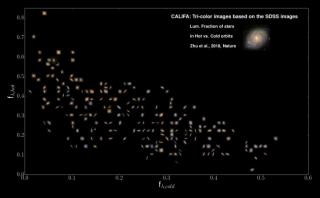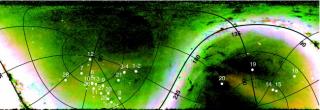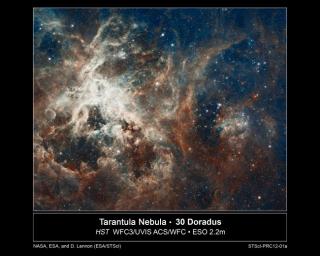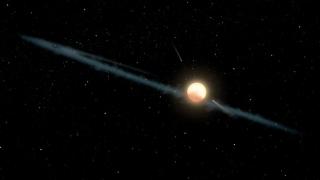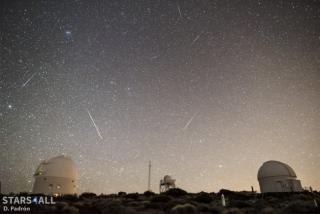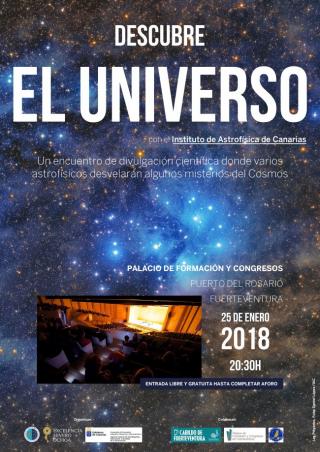
El jueves 25 de enero tendrá lugar en el Palacio de Formación y Congresos de Puerto del Rosario, en Fuerteventura, un encuentro de divulgación científica organizado por Agencia Canaria de Investigación, Innovación y Sociedad de la Información (ACIISI) y el Instituto de Astrofísica de Canarias (IAC) donde personal investigador del centro expondrán los avances en distintos campos de la Astrofísica y la instrumentación presente y futura en los Observatorios de Canarias.
Advertised on
